Archives
- 2025-11
- 2025-10
- 2025-09
- 2025-03
- 2025-02
- 2025-01
- 2024-12
- 2024-11
- 2024-10
- 2024-09
- 2024-08
- 2024-07
- 2024-06
- 2024-05
- 2024-04
- 2024-03
- 2024-02
- 2024-01
- 2023-12
- 2023-11
- 2023-10
- 2023-09
- 2023-08
- 2023-07
- 2023-06
- 2023-05
- 2023-04
- 2023-03
- 2023-02
- 2023-01
- 2022-12
- 2022-11
- 2022-10
- 2022-09
- 2022-08
- 2022-07
- 2022-06
- 2022-05
- 2022-04
- 2022-03
- 2022-02
- 2022-01
- 2021-12
- 2021-11
- 2021-10
- 2021-09
- 2021-08
- 2021-07
- 2021-06
- 2021-05
- 2021-04
- 2021-03
- 2021-02
- 2021-01
- 2020-12
- 2020-11
- 2020-10
- 2020-09
- 2020-08
- 2020-07
- 2020-06
- 2020-05
- 2020-04
- 2020-03
- 2020-02
- 2020-01
- 2019-12
- 2019-11
- 2019-10
- 2019-09
- 2019-08
- 2019-07
- 2019-06
- 2019-05
- 2019-04
- 2018-07
-
Next we evaluated whether DPP inhibitor
2021-06-07

Next, we evaluated whether DPP-4 inhibitor suppressed osteoclast formation by downregulating LPS-induced RANKL expression in stromal cells; DPP-4 inhibitor did not inhibit LPS-induced RANKL expression. Furthermore, we evaluated the effect of DPP-4 on LPS-induced RANKL expression in stromal cells, bu
-
br Introduction br Structure of the
2021-06-07
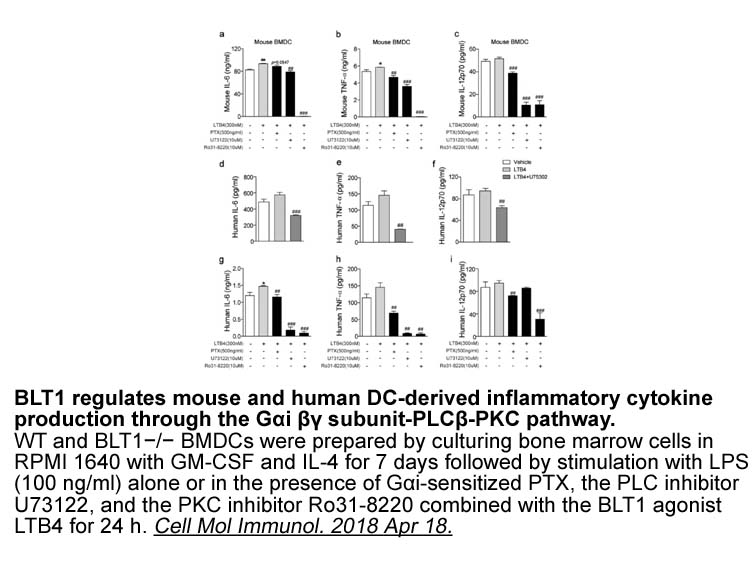
Introduction Structure of the Ku heterodimer associated to DNA The atomic structure of the Ku heterodimer, alone and bound to a small DNA fragment, was recently determined (Walker et al., 2001) and has significantly improved our understanding of DNA recognition by DNA-PK holoenzyme (Fig. 3). B
-
In summary these results are consistent with our hypothesis
2021-06-07
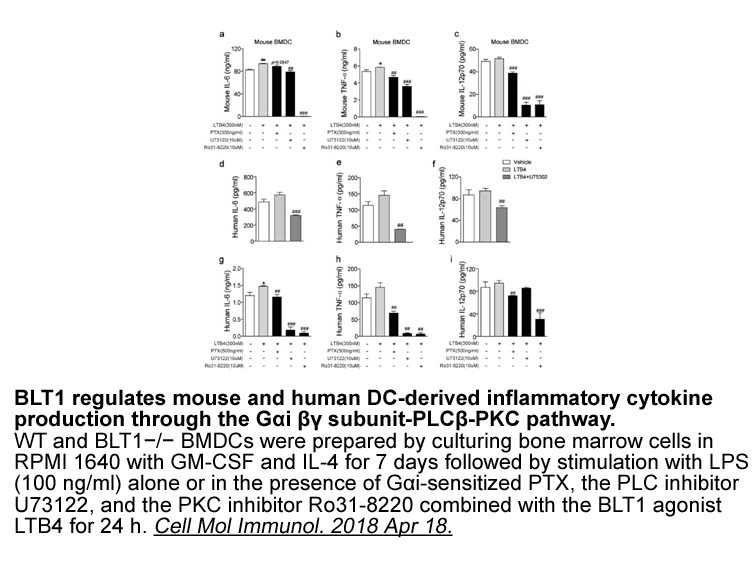
In summary, these results are consistent with our hypothesis that chemical nitrosation of BMAA to N-BMAA results in the formation of an alkylating agent. Furthermore, we have shown that N-BMAA is more toxic than BMAA itself. Previously, methylazoxymethanol (MAM), which is also present in the cycad n
-
Methylation of histone tails is important in regulating
2021-06-07

Methylation of histone tails is important in regulating Ki8751 structure and transcription. Methylation occurs at arginine and at mono-, di- or tri-methylated lysine residues. The reversibility of histone methylation was recently revealed by the identification of two histone demethylases, LSD1 and J
-
br Conclusion br Competing interests br Authors contribution
2021-06-07

Conclusion Competing interests Authors' contributions Acknowledgements The work was supported by Aurigene Discovery Technologies (M) Sdn. Bhd., Industrial Doctoral Program sponsorship by Ministry of Higher Education, Malaysia and research grants by the University of Malaya, grant number
-
Our current understanding of nucleotide
2021-06-07
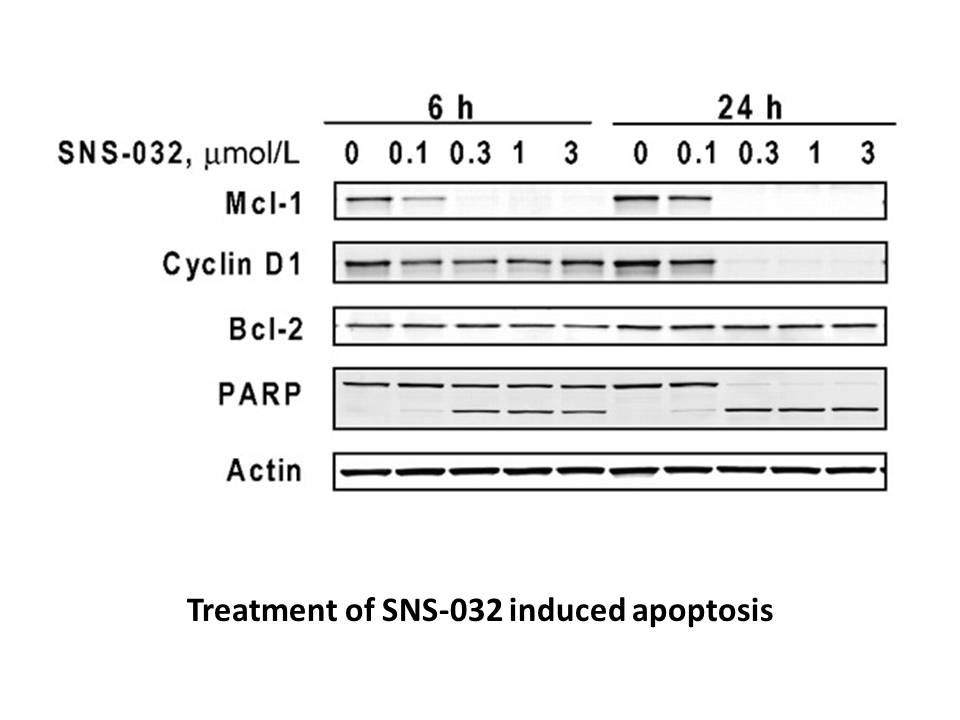
Our current understanding of nucleotide metabolism in has made it possible to identify numerous proteins which serve essential roles in the life cycle of the parasite. One such protein is thymidylate synthase-dihydrofolate reductase (TS-DHFR), a bifunctional enzyme which is necessary for the product
-
During host cell interactions G intestinalis trophozoites up
2021-06-07
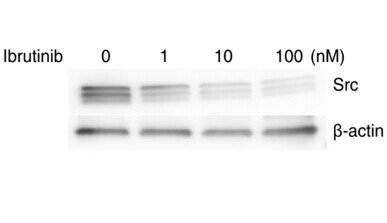
During host-cell interactions, G. intestinalis trophozoites up-regulate several cell-associated proteins, including high-cysteine membrane proteins (HCMPs) and variant surface proteins (VSPs) [8]. The parasite also releases around 200 proteins upon host-cell contact, including many proteases [9,10].
-
A cocktail approach can detect the activities
2021-06-07

A cocktail approach can detect the activities of multiple CYP 450 isoforms following administration of multiple CYP-specific substrates in a single experiment. Caffeine, losartan, omeprazole, dextromethorphan and midazolam are often used as substrates in “cocktail probes” of human cytochrome CYP1A2,
-
br CXCR The CXC receptor and CXCR and CXCR have
2021-06-07

CXCR1/2 The CXC receptor 1 and 2 (CXCR1 and CXCR2) have been well characterised in vertebrates. In mammals and birds, the two receptors are shared by the ELR+ CXC ligands, namely the CXCL8 family members that have proinflammatory roles in recruitment of neutrophils, monocytes and macrophages to s
-
br Materials and methods br Results br Discussion This
2021-06-07
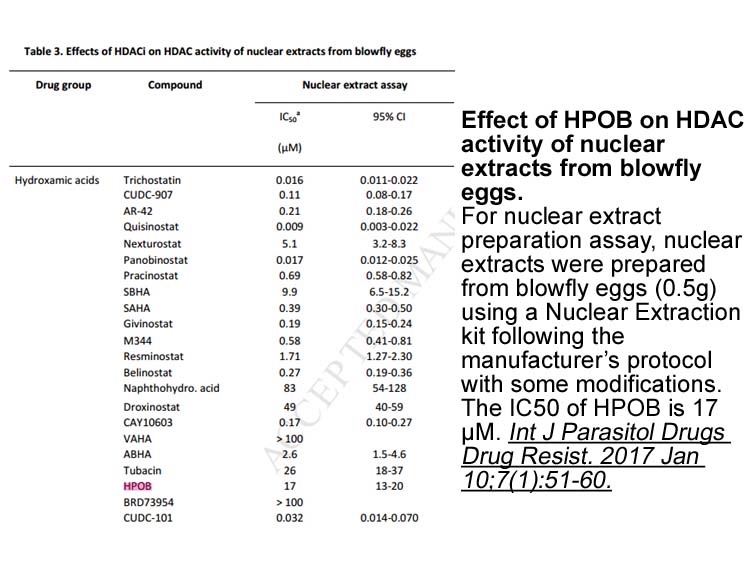
Materials and methods Results Discussion This study is the first to our knowledge that describes upstream cis-elements and transcription factors that are important for Crm1 expression and that drive its high expression in cancer and transformed cells. Using deletion and mutation analysis we
-
ionomycin Unexpectedly CRF receptor agonist and antagonist e
2021-06-07
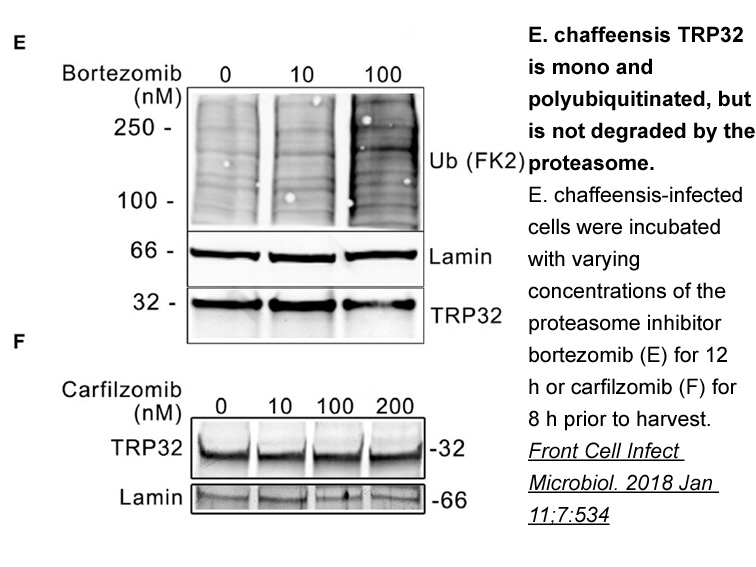
Unexpectedly, CRF2 receptor agonist and antagonist evoked similar effects in the fall in tail skin temperature caused by restraint. However, Ucn3 reduced basal values of tail skin temperature, thus indicating that some degree of basal vasoconstriction caused by BNST treatment with Ucn3 may have cont
-
Neuropsychological studies of adults with problem gambling
2021-06-07

Neuropsychological studies of adults with problem gambling indicate impairments in many cognitive areas including inhibition, working memory, decision-making, cognitive flexibility, and executive planning (Ledgerwood et al., 2012, Goudriaan et al., 2006). Dopamine is a neurotransmitter that regulate
-
In mouse lung arsenite enhances the formation of
2021-06-07

In mouse lung, arsenite enhances the formation of cigarette smoke-induced 8-oxodeoxyguanine (Hays et al., 2006) and BaP-induced DNA adducts (Evans et al., 2004). Moreover, arsenite inhibits the repair of BaP-induced DNA adducts in human lung carcinoma A549 Atractyloside Dipotassium Salt (Schwerdtle
-
br Materials and methods br Results br Discussion
2021-06-07
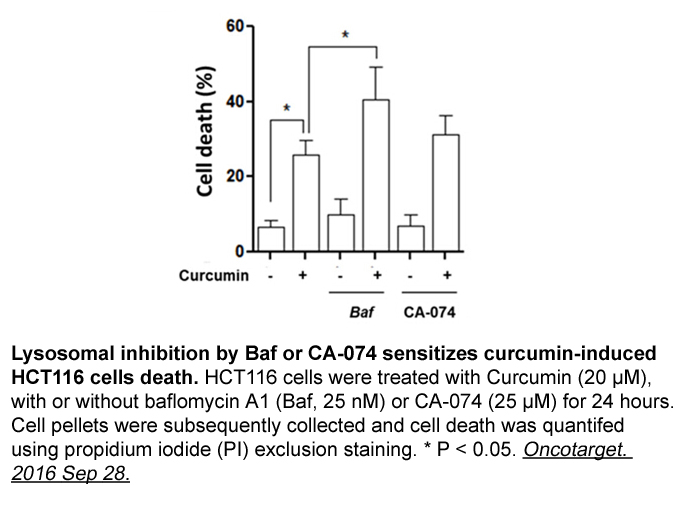
Materials and methods Results Discussion In this study, we confirmed the activation of Akt by udenafil in 3T3-L1 cells. To elucidate the underlying mechanism of udenafil, we focused on the mitochondria. Our findings demonstrated that udenafil improved mitochondrial function and expression o
-
Little information is available regarding the expression of
2021-06-05
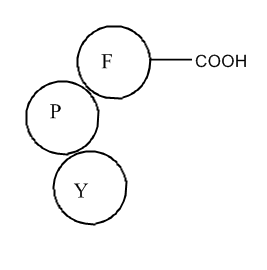
Little information is available regarding the expression of the different EP receptor subtypes on human monocytic cells, particularly those that are involved in downregulating cytokine production. The receptors are controlled by the respective genes for each receptor i.e. PTGER1–PTGER4 for EP1–EP4 r
15946 records 653/1064 page Previous Next First page 上5页 651652653654655 下5页 Last page